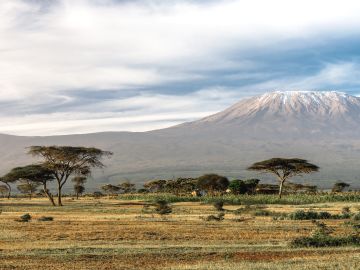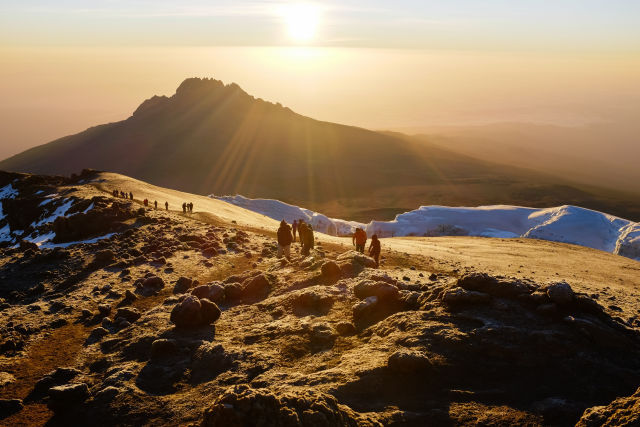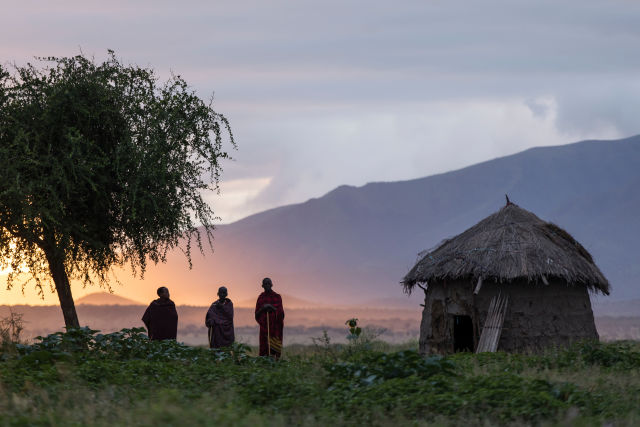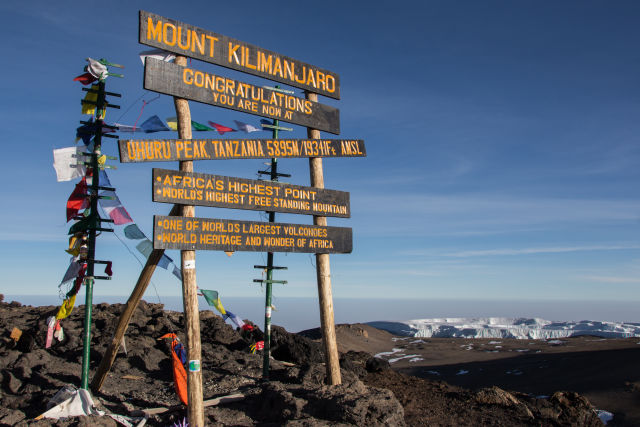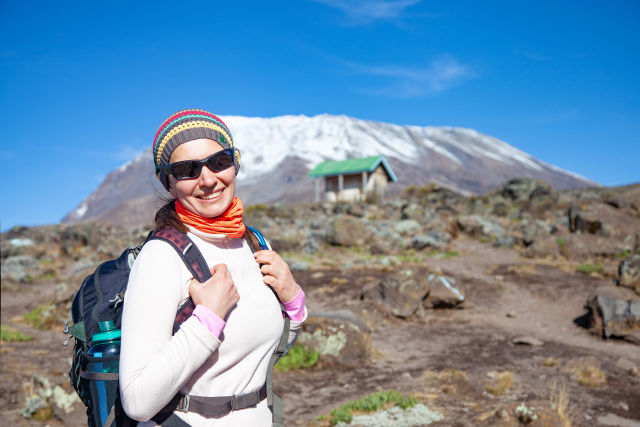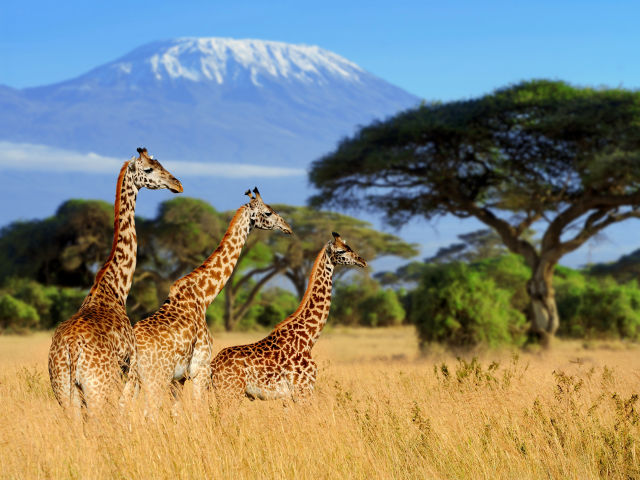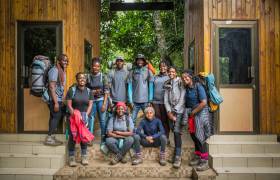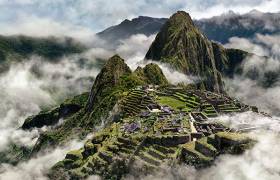We have just returned from this amazing trip.
What a wonderfully experience it was.
David the tour leader was absolutely fantastic.
He was strong and decisive leader and was exactly what we all needed to complete this tough challenge.
The porters were unbelievable and every bit of credit you read about them in other reviews is so very well deserved.
See for yourselves how dedicated to you they are.
It’s like a small village constantly on the move up the mountain together.
The food was first class and there were a lot of choices for everybody.
To be fair we all ate really well and you certainly wont go hungry at all.
The mess tent had a great vibe as you will find similar people wanting to do similar things as yourselves.
Our group of 11 had a great balance.
Me and my wife were the only couple together and all the others had come despite being in relationships.
Advice
Don’t take a book or a kindle. There is very little ‘down time’ so you wont get the time you think you will get because there is always something to do.
I thought we’d have hours of waiting around in the afternoons but it never worked out that way.
Sometimes everybody would be tired and take a nap other times a card game would commence.
You’ll be amazed at how quickly the hours go.
You will have a great group of people believe me.
You booked this trip for the same reasons that they did so embrace it.
You will wear a lot of the same clothes, just ensure you have your summit night clothes fresh and ready to go.
Because we went in early February there were hot days and cold nights.
Your clothes wont smell and neither will you so take a little roll on deodorant and use it every morning.
You will get a wishy washy (bowl of hot water) every morning and most afternoons too.
Remember it’s nothing like Glastonbury camping mainly because you will always be sober.
Believe it or not but the 15kg allowance is plenty.
No it really is.
Don’t stress about packing it’s all going to be OK…
Don’t go mad with your snacks as there is unlimited chocolate and biscuits provided by Exodus.
The only small complaint was that the toilet tent was a bit shabby and the zipper needed attention.
The toilet itself was absolutely fine.
I’m sure Exodus can afford a new toilet tent.
The organisation was first class and a lot of friendships developed.
It’s amazing how it’s all arranged and so well put together.
I would recommend this trip 100% and Exodus as a company have got you covered.
They might cost a little more than other tours but you get what you pay for on the mountain.
